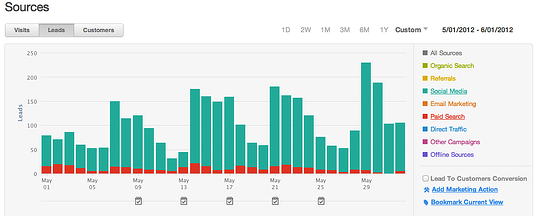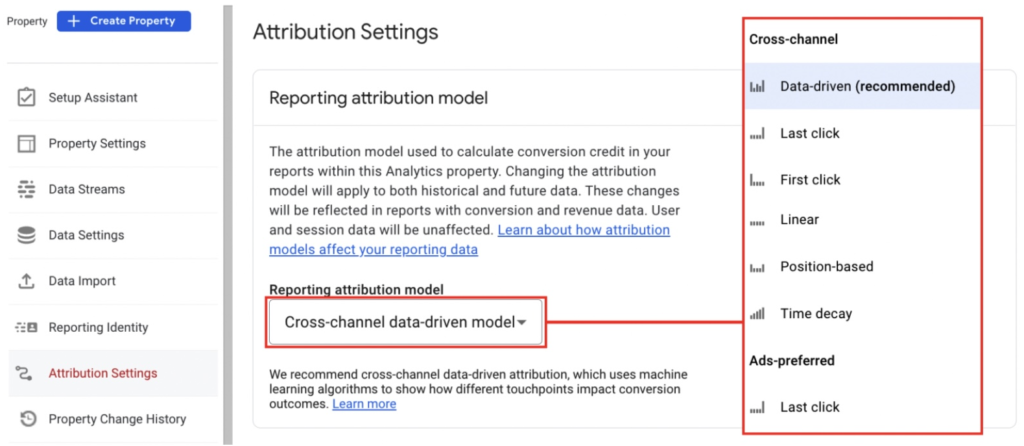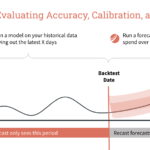As a content marketer working on top-of-the-funnel channels like social media, PR, podcast, etc. one of the top challenges you might be facing is showing the ROI (Return on Investment) of your work. You might know qualitatively that your content is impactful in building brand awareness and generating demand. You may also understand that they eventually help in bringing new leads. However, channel-specific KPIs like traffic, social followers, press mentions, podcast downloads are commonly frowned upon as “vanity metrics”: not directly impacting the bottom line.
So, most marketers transition to measuring conversions like signups, form fills, email opt-ins, etc to get buy-in for their channels. However, if you have ever tried that move, you would know that it’s often not that effective. The conversions from TOFU channels don’t look as good, especially when compared to BOFU (bottom-of-the-funnel) channels and BOFU content like paid ads and landing pages. This is because of the way performance is measured, the attribution model.
Last-touch attribution
The conversions from TOFU channels are not as high because most businesses measure the last direct conversion from a channel, which means giving credit to the last touch point before a user signed up or filled a form.
However, top-of-the-funnel channels, as the name suggests, is primarily for brand awareness and demand generation. So, most people won’t convert directly after their first encounter with the social posts or press mentions or your podcast, but might convert later in the coming days, weeks, and months. Hence, TOFU channels will naturally come short when measured via direct conversion or last-interaction attribution.

So, while direct signups work well for performance marketers, they are not an effective measurement tool for content marketers. Chris Walker, founder of marketing agency Refine Labs, says that analytics show 92% of his revenue coming from organic traffic. However, survey results show 97% his qualified pipeline coming from social media, podcast, word of mouth, and community — also called dark social, because of the difficulty to accurately track.

As you can see, depending solely on last-interaction conversions can lead businesses to make some costly mistakes like pulling the plug on channels that may be bringing in majority of new clients and customers.
First-touch attribution
Fortunately, last-touch attribution is only one of the many attribution models available in Google Analytics. A more accurate way to measure the ROI of TOFU channels is the first-touch attribution model. First-touch attribution gives credit to the source that introduced the company to the lead for the first time.

The above image shows comparison of conversions between last-touch and first-touch attribution for blog posts for a SaaS company. As you can see, for some of the blog posts, the signups via first-touch are double than those measured via last-touch. It makes sense, given not all SEO content is about the product or service, prompting people to sign up immediately.
A HubSpot’s case study shows that their organic social media brings in significantly more leads (in green) than even paid advertising (in red) — when measured via first-touch attribution.

In fact, when measured via first-click attribution, social media can be up to 94% more valuable than otherwise predicted, according to a report by Adobe. Hence, first-touch attribution model highlights opportunities to double down on channels that soft sell and focus on long-term brand building.

Steps to view first-interaction conversions in Google Analytics 4
1. Go to Property > Attribution Settings.
2. Under Reporting attribution model, select First click from dropdown.

3. Under Lookback window, select the lookback windows for Acquisition conversion events and All other conversion events.

4. Click Save.
Limitations of first-touch attribution
However, like all attribution models, first-touch model also isn’t fully accurate. The first-touch attribution model is in reality the first-trackable-touch attribution that doesn’t take into account any touches that the software is not able to track.
First-click attribution works because of cookies. So, if a user revisits from a different device or the cookies might have expired, GA won’t be able to figure out that it is the same user. So the actual impact of a channel is usually higher than what is reported by this method. Also, if the first touch happened outside the Lookback Window (how far back analytics is looking to associate clicks to conversions), then the first touch would be wrongly attributed to the channel or piece of content that the user interacted with within the Lookback time period set. Hence, you should look over longer time periods when checking first touch results.
Accurate attribution usually requires multiple methods like first touch, last touch, self reported attribution, Marketing Mix Modeling with appropriate adstocks (which is how MMM accounts for long term impact), etc. What combination of methods works best depends on many factors, like your user buyer journey, type of content, and type of channel. If you are a content marketer, you are most likely having a much higher business impact than you know. First-interaction conversions might help you get closer to the actual impact.



